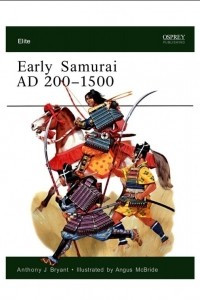
Early Samurai AD 200-1500
Описание книги
War played a central part in the history of Japan. Warring clans controlled much of the country. The wars were usually about land, the struggle for control of which eventually gave rise to perhaps the most formidable warriors of all time: the Samurai. Ancient Yayoi warriors developed weapons, armour and a code during the ensuing centuries that became the centrepiece for the Japanese Samurai. Anthony Bryant chronicles the history, arms and armour of these truly elite warriors, from the rise of th...
War played a central part in the history of Japan. Warring clans controlled much of the country. The wars were usually about land, the struggle for control of which eventually gave rise to perhaps the most formidable warriors of all time: the Samurai. Ancient Yayoi warriors developed weapons, armour and a code during the ensuing centuries that became the centrepiece for the Japanese Samurai. Anthony Bryant chronicles the history, arms and armour of these truly elite warriors, from the rise of the Yayoi through the Genpei War between the Minamoto and Taira clans to the Mongol invasions of the 13th century. Книга «Early Samurai AD 200-1500» автора Anthony Bryant оценена посетителями КнигоГид, и её читательский рейтинг составил 0.00 из 10.
Для бесплатного просмотра предоставляются: аннотация, публикация, отзывы, а также файлы для скачивания.
- Просмотров: 206
- Рецензий: 0
- Переводчики: не указаны
- Серия: Elite
- ISBN (EAN): 9,78186E+12
- Языки: не указаны
- Возрастное ограничение: не указано
- Год написания: 1991

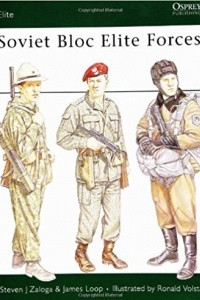


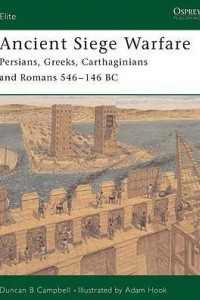
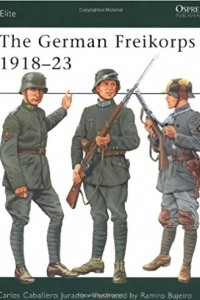
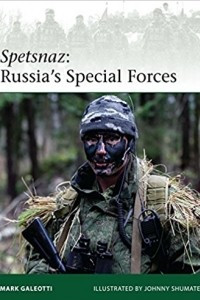

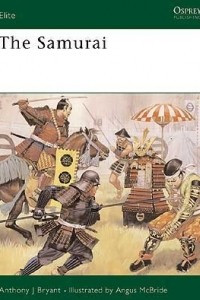
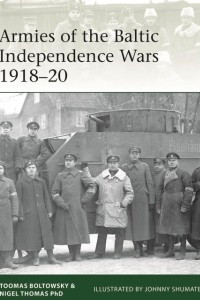
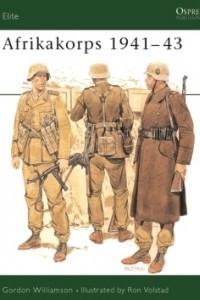




Рецензии на книгу
Написано 0 рецензий